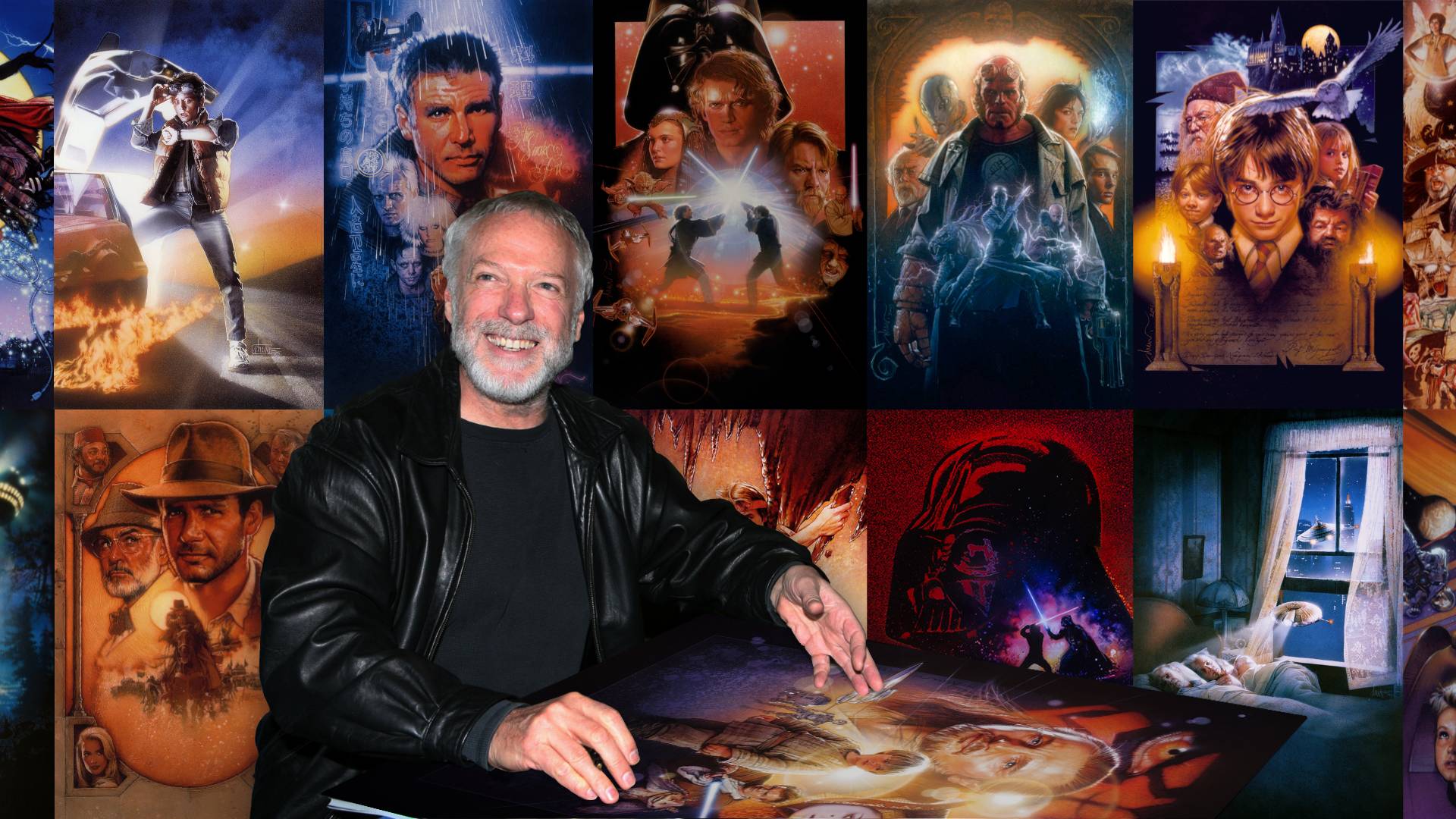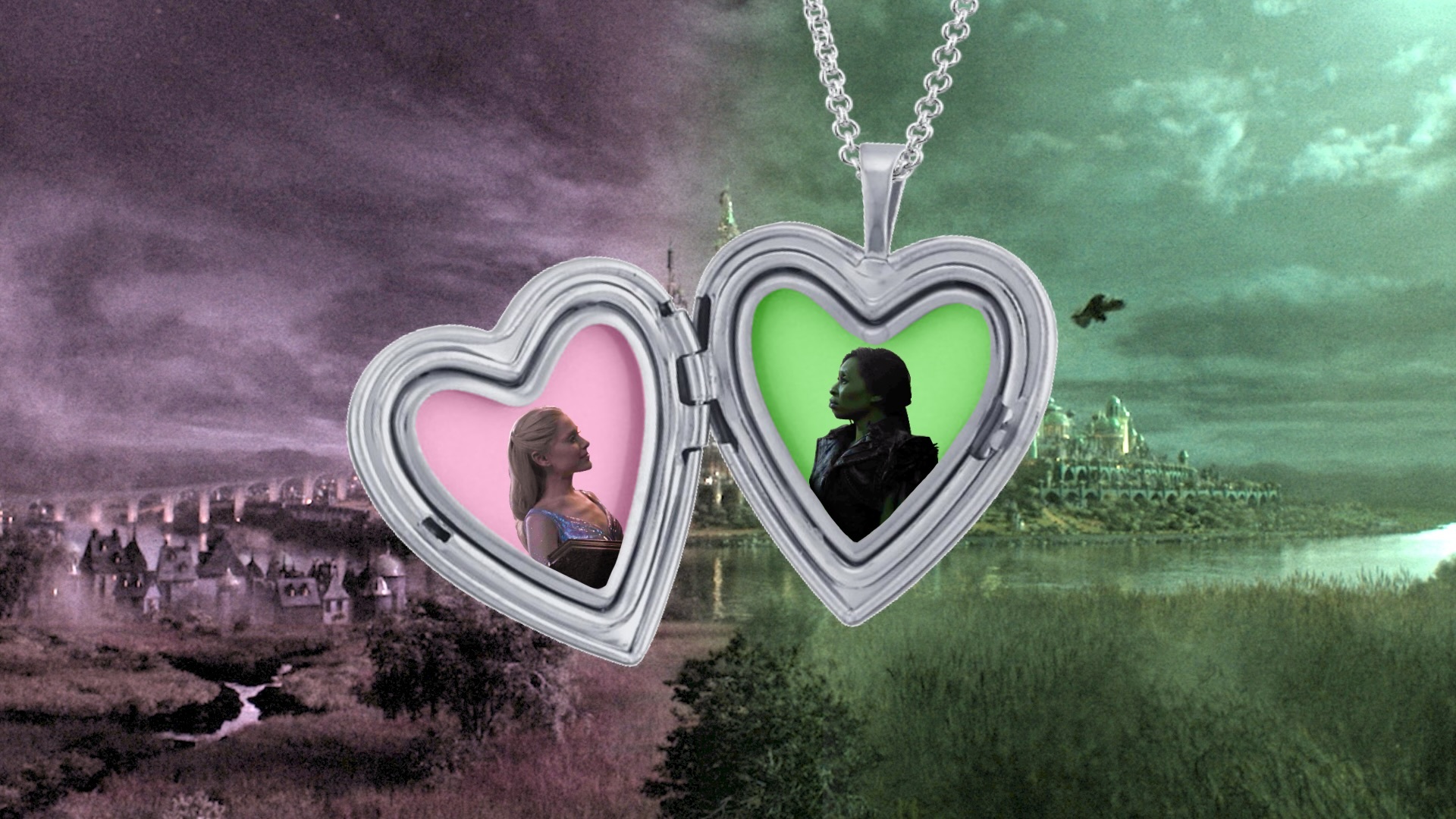Vanya on 42nd Street is a wonderful experiment in both the medium of film and theater. Thanks to Andre Gregory’s love for the stage and Louis Malle’s masterful craft, this little-known theatrical rendition of Chekhov’s famous play has been immortalized. Because of its unusual setting, the film also explores and expands on Uncle Vanya’s timeless themes of misery, love and the pursuit of happiness.
The film follows a company of New York actors, led by Andre Gregory, rehearsing the Chekhov play Uncle Vanya. The rehearsal took place in New Amsterdam Theater on 42nd Street, which was long-abandoned at the time: rats had chewed off the rigging system; flooding and mice made the stage unusable. But in that same space of despair, magic was made. The actors, without any makeup or costume, immersed themselves in their respective characters. Similarly, we become so engrossed with the film that we hardly notice the lack of a set: only a few simple props were used, no period-style setting was built. Within a span of two hours, we are given a showcase of powerful acting talents, which triumphs over the absence of conventional stage equipment. Watching the film, we are reminded of what makes theater so unique in the first place: it’s not about the costume or the colorful setting, it’s all about the writing and performance.
I don’t believe that Uncle Vanya follows a storyline; not the conventional kind, at least. The play is more like an exhibit of characters, possibly picked out of Chekhov’s own time and place. They are very different people, but they all have one aspect in common: a state of constant misery. The reason for their unhappiness is likely because they all lack something important in life, something the other person possesses but is unable to give. Uncle Vanya (Wallace Shawn) is an intellectual who desires a higher social position. His brother-in-law, Professor Serebryakov (George Gaynes) is an acclaimed professor, but is near the end of his life. Needless to say, he craves youth and good health, something that is possessed by his second wife, Yelena (Julianne Moore), etc. Their internal dissatisfaction with life is perfectly externalized by the dilapidating state of their shared mansion. At the end of the play, some choose to leave, others choose to stay, but they still haven’t found what they needed the most, which is happiness. It’s a tragic irony that although these people share the same roof, they share no sense of togetherness. To me, Chekhov’s detailed portrait of misery ultimately sends a positive message: that happiness is found in other people. We all lack something meaningful in life; that something can be found in another person. Maybe happiness is found when you offer hope, meaning and purpose to the ones you care about. When everyone participates in this game of giving, we have all taken a big step in our quest for life’s one true goal.
Driven by his love for theater, Chekhov in particular, Andre Gregory spent three years constructing and perfecting this experiment. I can imagine him being pleasantly surprised that his company chose to commit to the act in its entirety. It is a radical departure in theater, and I am confident that Andre succeeded. The location, a theater close to its demolition, perfectly reflects the toxic atmosphere of misery felt by the play’s characters. The lack of costume and makeup symbolizes their respective social façades being stripped away, so what we see is the most brutally honest they can be. Behind the veil of status, riches and pride, we are all struggling social creatures who desire love and meaning in this thing called life. Under Andre’s direction, the line between actor and character is gradually blurred, as the cast superbly embodies their characters.
Vanya on 42nd Street was Louis Malle’s final work as a director. Throughout his career, Malle vowed to never repeat himself in every film he made. His masterful direction, especially the use of various camera techniques, keeps the film engaging in its entire runtime. Similar to My Dinner with Andre, the film seems simplistic: one location; no conventional plot; lots of dialogue that seems directionless. But Malle’s Vanya is not about action, it’s about being: being lonely; being hopeless; being unloved; being truthful. Under his direction, we see clearly how our tragic heroes had thrown away their lives, and how they struggle to retain control of what is left.
What I have described to you might be a sad movie, but it is certainly not a sentimental one. By empathizing with the tragic on-screen lives, we are compelled to reflect on our own. This is not a movie for you if you wish to watch a narrative feature. But if you’re constantly over-questioning the meaning of existence like this reviewer, don’t hesitate to check this one out.


.png)


.jpg)


.jpeg)



.jpg)

.jpg)

.jpg)







.png)